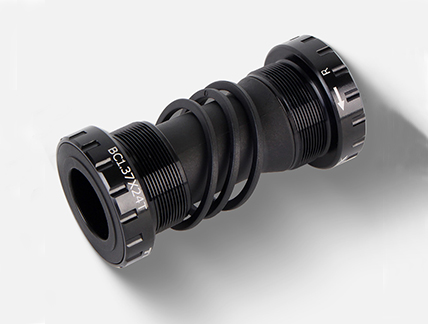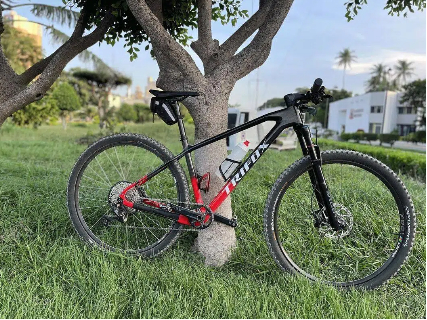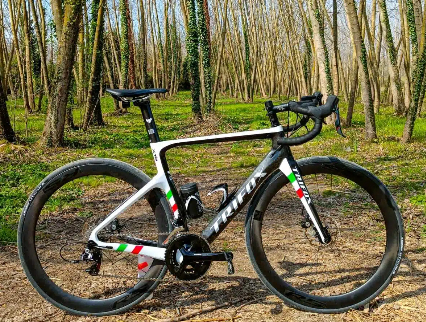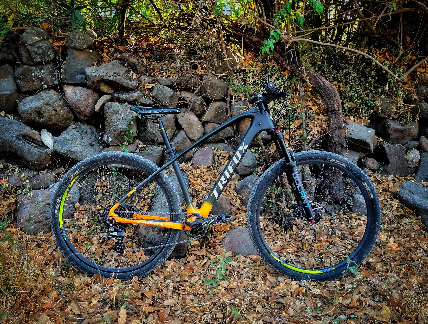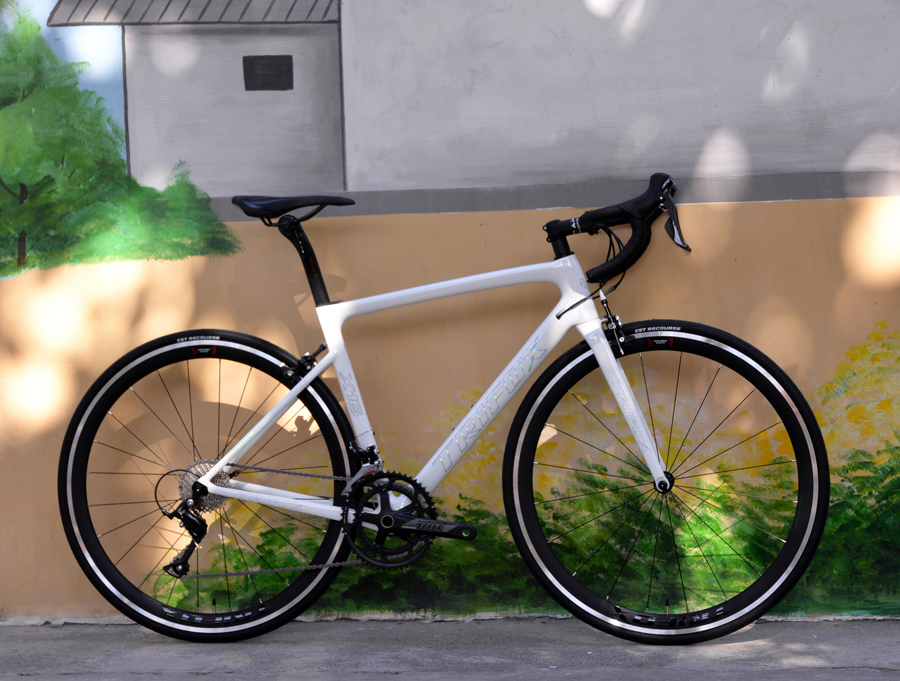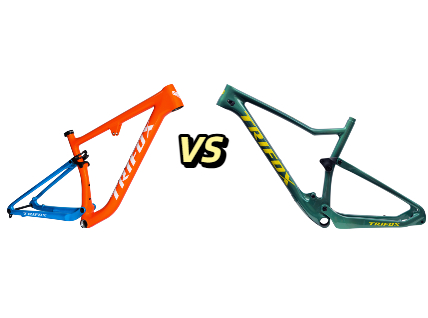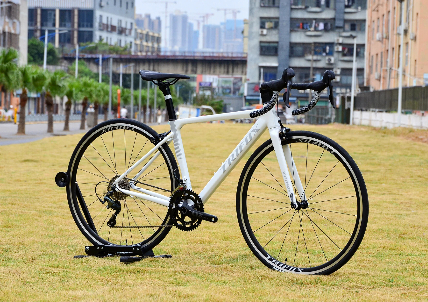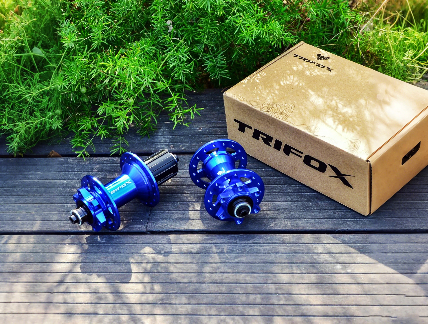Practicing cadence is quite meaningful.
The result of the practice is the same: it is like writing good handwriting and typing faster, which are good things for life. Those who have not tried the advantages of high cadence can gradually practice as follows.
Cadence is the number of times the pedals rotate once in 1 minute. Conserve the limited energy and lactate capacity of your muscles by increasing your frequency capacity. No matter what kind of road conditions you ride, don’t worry about the speed, keep the number of pedaling at the optimal pedaling frequency, and you will get the best energy output power ratio. Cycling with the correct cadence can also be effective in preventing knee injuries.
Generally speaking, for non-competitive long-distance cycling, maintaining a cadence of 85-95 is relatively durable and less prone to fatigue.
Cadence training is a long-term conscious training process. Attention should be paid to maintaining the stability of the body under a high cadence, so as not to cause the body to swing from side to side and jump up and down due to the increase in cadence. 90-100 on flat roads is a better cadence and 70-80 on long slopes.
Keep in mind the speed at 90 cadences and the speed at 100 cadences for each gear with no cadence. Then look at the real-time speed displayed on the stopwatch, and adjust the transmission so that the cadence is always between 90-100. Use 5.6 before and 2 after, keep the speed at 22 to 25 km/h, and you can practice cadence very well. Ride at this speed for 5 minutes each time. two-wheeled car
After you have learned to control the pedaling technique, it is time for long-distance climbing exercises. The purpose of this exercise is to adapt to sitting and pedaling during long-distance climbing. This is how you dramatically increase your strength, which can be maximized in certain situations.
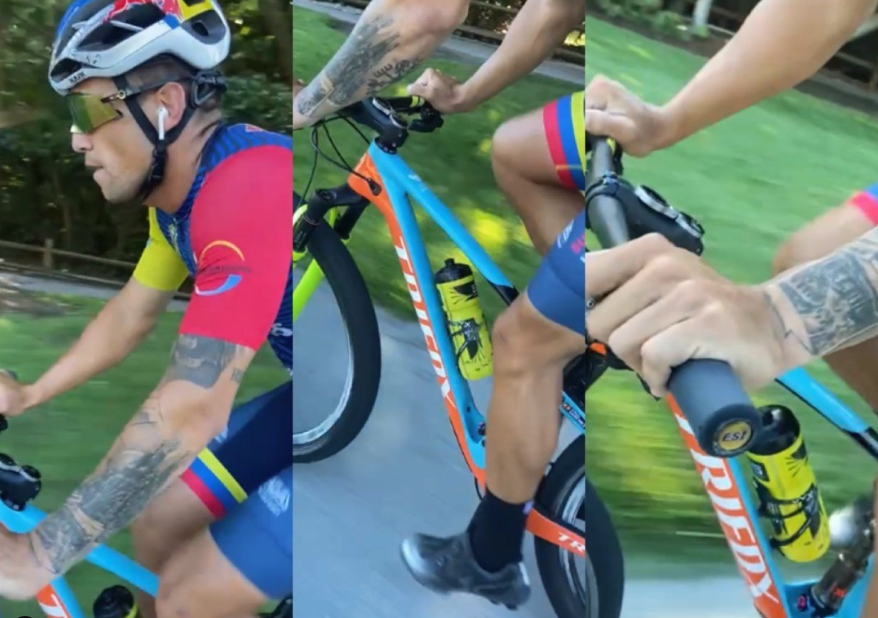
The specific method of training is as follows:
1. Level the seat cushion, that is, the front and rear are a little flatter than before, so as to prevent the PP from sliding forward.
2. Find a flat road, use a lower gear, and take the pedal without force as the criterion. It feels like pedaling without resistance.
3. When there is no cadence meter, remember the commonly used speed and gear relationship. For example, I use 24 gears, and when the speed is 21 to 26 kilometers, I use 2-5 gears (2-5/21-26 for short). As shown in the following table:
2-3/15-19
2-4/18-22
2-5/21-26
2-6/24-30
3-5/28-34
3-6/31-38
3-7/36-44
3-8/>43
Basically, it is the corresponding relationship between the speed and the gear in the table above. Its cadence can be kept between 90-110.
Note that if you feel a feeling of force in your legs, just downshift to ride. You may feel that you are riding slower than before, but it doesn’t matter, now you are practicing unimpeded cadence, not speed. It will be faster in the future. You can practice at the lower limit of the speed of each gear first, and slowly increase the speed of the same gear. Practice a few kilometers when you get the chance.
After about two weeks, I basically got used to the riding habits of high cadence.
Slowly, you can get to the complicated roads, and the distance can be a little farther, and you can still pedal without hindrance. Whenever you encounter an uphill, downshift until you don’t feel any obvious resistance. For some slopes, although they are not too steep, you may need to downshift to 1-1 gear, and the speed is only about 8 kilometers. Speed to attack the slope. You will find that such a slope, even if it is 10 kilometers long, will not be as tiring as before.
Patience is the most important thing, don’t think about running at a good speed all at once. Don’t think of rocking the slope, it won’t last.
On the basis of a certain amount of practice, slowly try to improve a level to practice, mainly attacking slopes. Of course, the strength of the legs should be increased a little. But do not reduce the cadence as a benchmark. In the long-distance uphill process, you can go up the entire distance without reducing the cadence, and try to increase the gear as much as possible. After practicing many times, your climbing ability will improve.
When riding a long distance, such a long slope can be ridden down, what else can’t be overcome?
On long distances, I basically don’t use 3-7 and 3-8, because I don’t have the opportunity to use this gear. Only when going downhill, it is possible to use more than the 7th gear. The most important thing is to save energy for long distances. I like to stand up and go downhill, letting PP leave the seat for a short time to relax.






























































